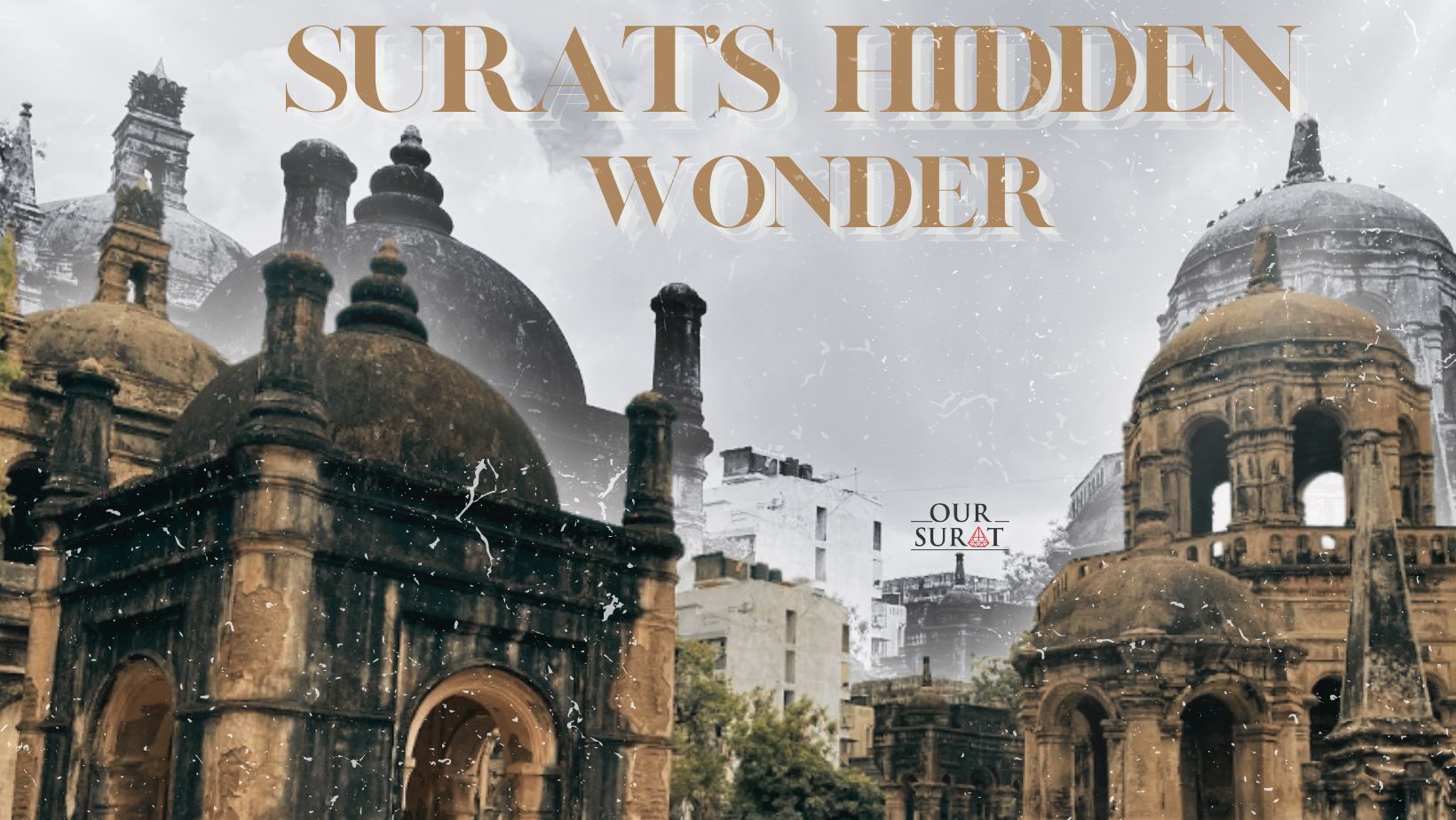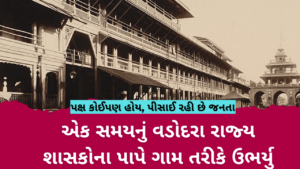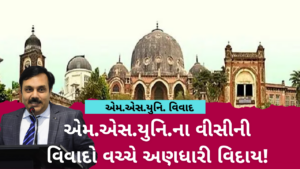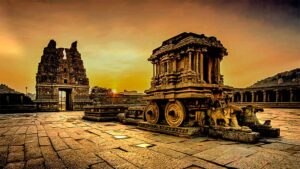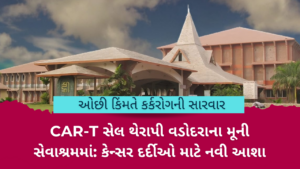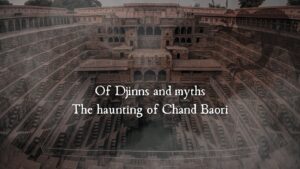Surat, opens its gates to curious explorers, revealing not only its vibrant markets and ancient streets but also a collection of cemeteries that have stories to tell. Among these, the English, Dutch, and Armenian cemeteries chronicle the lives of the early settlers that once thrived in this bustling port city.
Situated in a locality called ‘Gulam Falia’, near the main road leading towards Katargam Darwaja, the 250-year-old Dutch and Armenian Cemeteries are considered one of Surat’s most significant historical monuments, with a rather interesting history as they hold epitaphs that offer us a glimpse into colonial history.
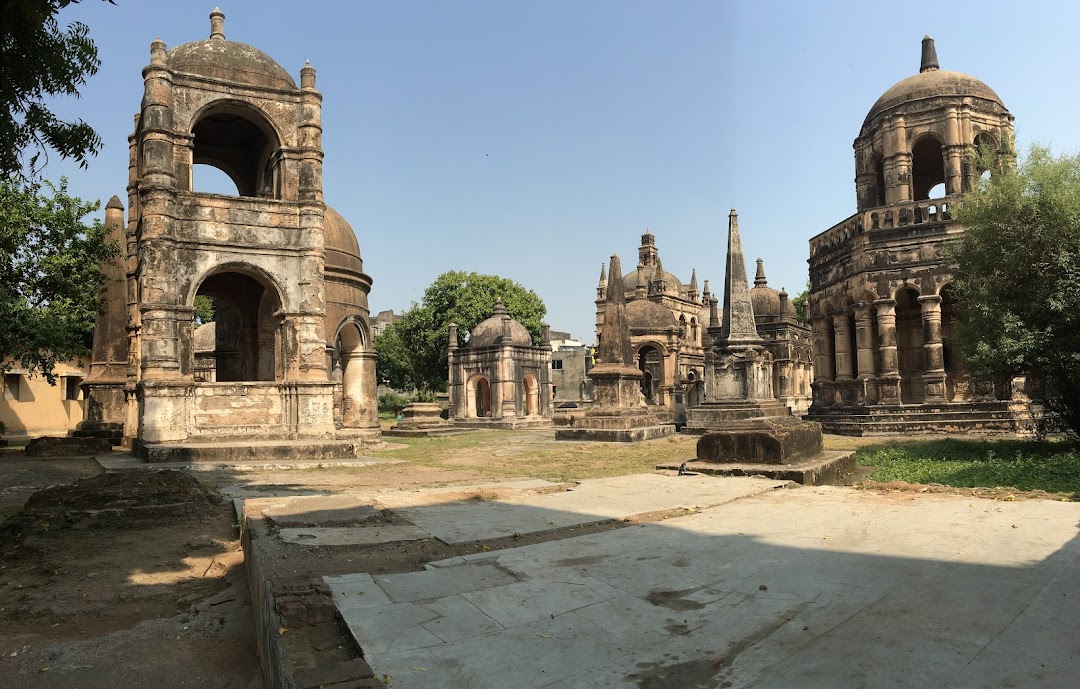
The English Cemetery
The English Cemetery in Surat stands as a testament to the early British settlers who arrived in Surat in 1613. Amidst obelisks, cupolas, and pillars, which are reminiscent of Mughal architecture, over 400 graves form a rather compelling visual narrative.
The cemetery marks the final resting place of notable figures such as George Oxenden, the first Governor of the Bombay Presidency, and Gerald Aungier, who played a pivotal role in shaping Surat into a significant town. While some tombs boast elaborate structures, the neglect and forlorn state of the cemetery raises questions about the preservation of colonial history today.
An interesting fact to note here is that there had been immense competition among the Dutch and English settlers in Surat then (essentially a trade monopoly), and putting up Mausoleums instead of tombstones was a way for them to exude power and impress it upon the natives there. The size and design of these tombs bear a distinct resemblance to Muslim architecture, highlighting the cultural cross-pollination that likely occurred during this period.
Dutch Cemeteries
The Dutch and Armenian cemeteries are situated adjacent to each other in Surat’s Katargam area, in a locality called ‘Gulam Falia’. Dutch tombs are of massive sizes and shapes, but one that rises above all as the most grand is the mausoleum of Baron Adrian Van Reede.
Adrian Van Reede served as the Director of the Dutch Company that had arrived in India. His tomb was the most grand and impressive; picture this: double domes, and an upper and lower gallery, all supported by elegant columns. The structures consisted of double Cuplas with a gallery both above and below, supported by elephantine-columned pillars. Scriptural passages adorned the walls, while intricate wooden carvings decorated the windows. The tomb wasn’t just about size; it was meticulously crafted and eclipsed the Oxedens in the English Cemetery.
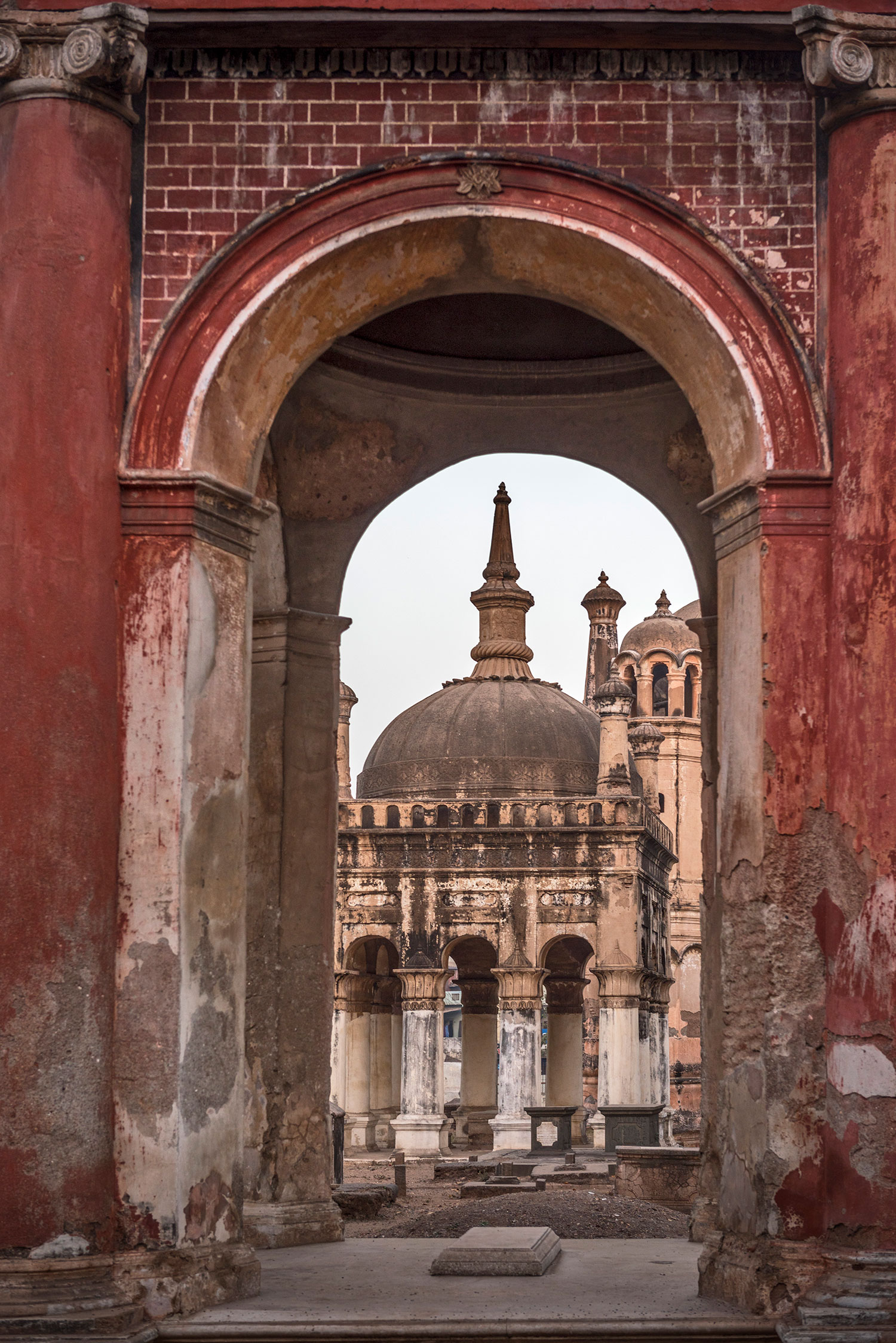
The tomb consists of three epitaphs, with the one to Baron Van Reed, inscribed in a compartment on the wall that was opposite the entrance. A Dutch Admiral who visited the graveyard in the late 1700s described the mausoleum as exceeding others in terms of elegance of architecture, ornaments and the richness of the materials used.
Armenian Cemeteries
While the Dutch Cemetery boasts grand mausoleums, the Armenian cemetery in Surat presents a contrasting picture. They are located adjacent to the Dutch cemeteries with hundreds of graves lie marked with inscribed slabs, reflecting a simpler approach to honouring the deceased. Armenian cemeteries lack superstructures (a tower-like structure). The oldest epitaph here is the one over the tombstone of the wife of a priest.
A mortuary chapel dating to 1695, holds the tomb of Kalandar: the son of Phanoos Kalandar of Julfa, showcasing the significance of this family in Surat. The presence of the Armenian cemetery in Surat underscores the community’s significant role in trade during the era, they essentially influenced and impacted the trade monopoly in the late 1600s.
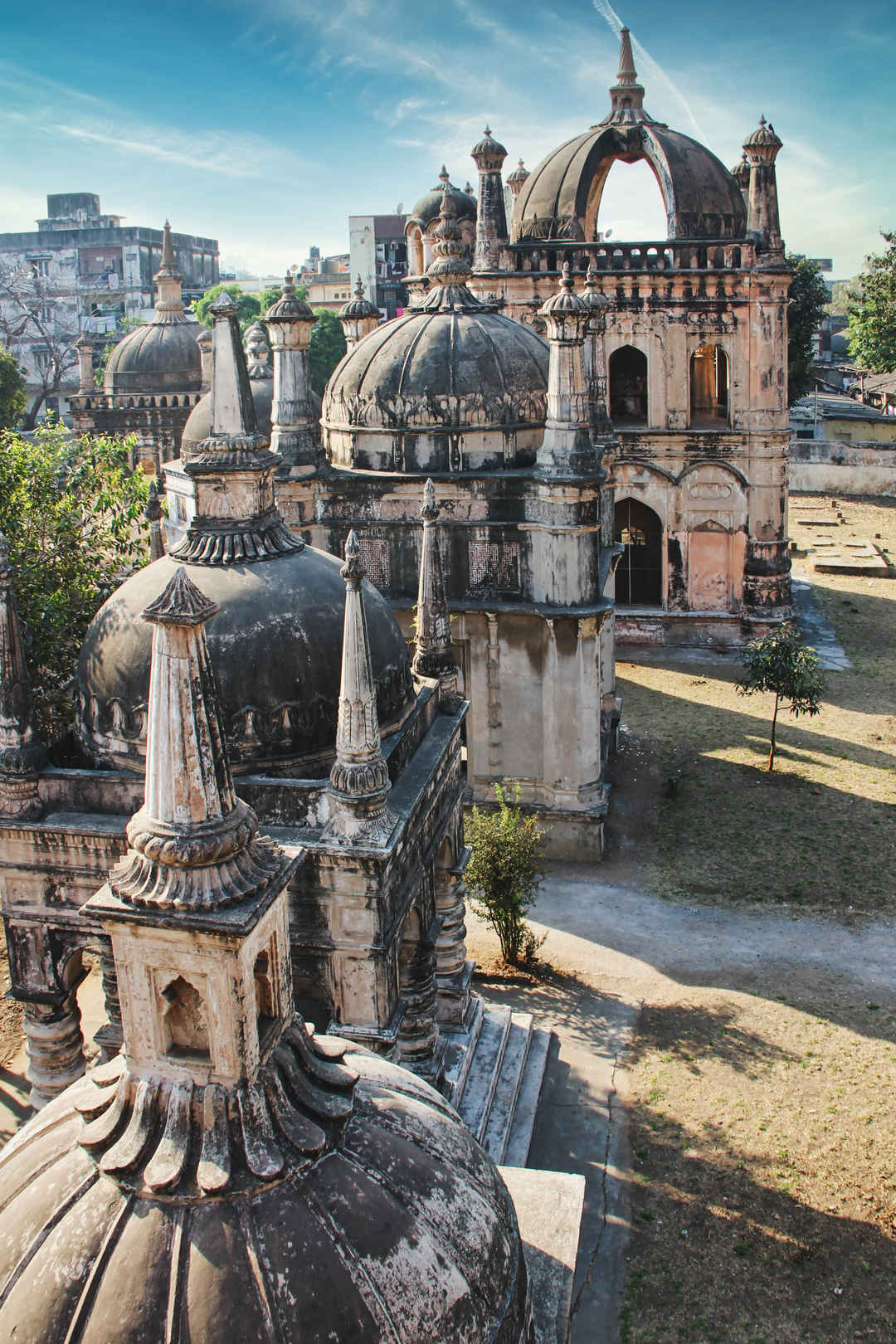
Around 200 graves lie outside the chapel and the major tomb is situated inside the building, believed to have belonged to the family of Khwaja Phanoos Kalandar, an eminent merchant of Julfa, of Armenian nationality.
Historical records even point to an agreement between the East India Company and Armenia, potentially facilitated by the arrival of Phanoos in the late 17th century. It appears to be that Phanoos settled in Surat in the late 1600s and his son passed away there itself in the year 1695.
Preserving Surat’s Historical Legacy
The foresight of Lord Curzon and the tireless efforts of the Archaeological Survey of India (ASI) have resulted in the declaration of these cemeteries as protected monuments in Surat. This recognition acknowledges their national significance and paves the way for their preservation.
However, despite this crucial step, a sombre reality prevails as many of these historical structures are exhibiting worrying signs of deterioration. Time is of the essence, and unless urgent conservation efforts are implemented, Surat risks losing these silent chroniclers of its past.
The onus lies on all stakeholders, from government agencies to historical societies and the community at large, to collaborate and ensure the safeguarding of these irreplaceable treasures. Only through collective action can we ensure that future generations can continue to learn and be inspired by the stories etched in stone.

